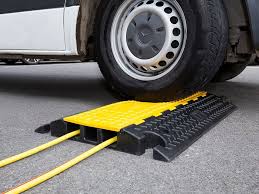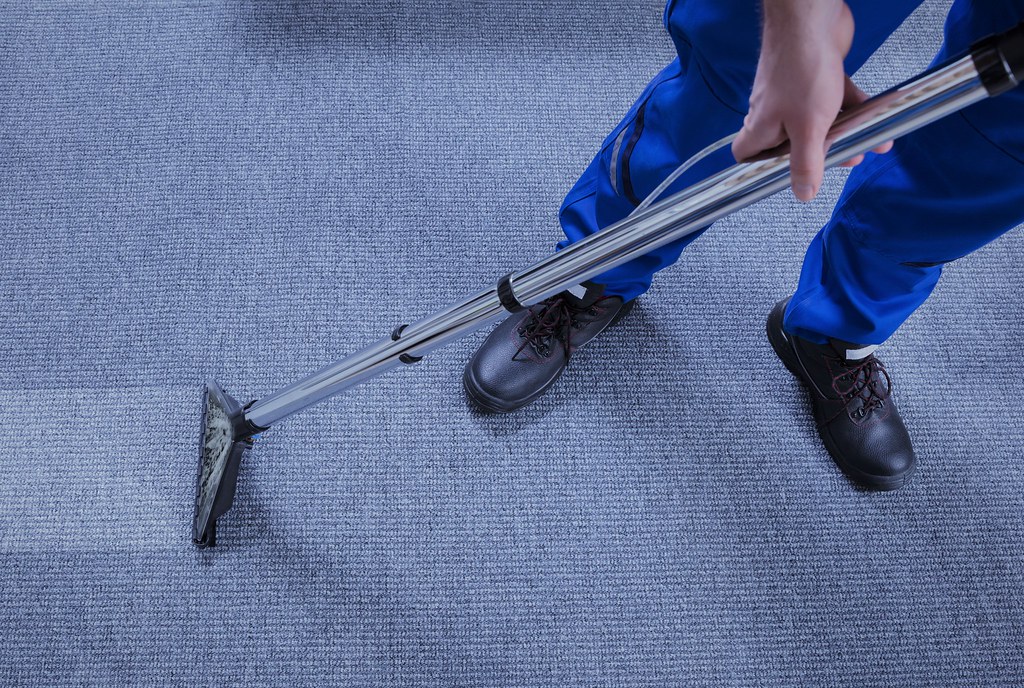Complete Guide to Outdoor Cable Protectors: Protecting Cables in Any Environment

In outdoor settings, protecting cables is crucial for both safety and functionality. Outdoor cable protectors shield power cords, network cables, hoses, and other connections from weather exposure, vehicle traffic, and foot traffic. Whether it’s for a construction site, outdoor event, or public walkway, the right cable protector outdoor can prevent costly damage and ensure a safe, hazard-free environment.
Here’s a comprehensive guide on outdoor cable protectors, covering types, materials, installation tips, and factors to consider when choosing the best protector for your needs.
What Are Outdoor Cable Protectors?
Outdoor cable protectors are heavy-duty coverings designed to encase cables, cords, and hoses, preventing them from damage and keeping them secure. They are engineered to withstand challenging conditions like harsh weather, vehicle impact, and high foot traffic, commonly seen in industrial sites, outdoor events, and public spaces.
These protectors not only keep cables safe from external forces but also prevent people from tripping or accidentally damaging cables.
Why Use Cable Protectors Outdoors?
Outdoor cable protectors are essential for a range of applications:
- Safety Compliance: Many industries are required by safety regulations to protect exposed cables on job sites.
- Damage Prevention: Outdoor cable protectors shield cables from heavy impacts, harsh weather, and UV rays.
- Hazard Reduction: Reduces tripping hazards and improves visibility for pedestrian safety.
- Organized Setup: Keeps cables, cords, and hoses neatly organized, preventing tangles and ensuring they stay in place.
Key Features to Look for in an Outdoor Cable Protector
When selecting an outdoor cable protector, it’s important to evaluate a few key features to ensure it will meet the demands of your environment:
1. Material Durability
- Rubber: Heavy-duty rubber protectors are weather-resistant, flexible, and can withstand high traffic and impacts.
- Polyurethane: Polyurethane is lightweight, impact-resistant, and excellent for UV protection. These protectors are often used for high-traffic environments.
- Polyethylene: Often lighter and less expensive than rubber or polyurethane, polyethylene protectors are best for light traffic or pedestrian areas.
- Metal and Composite Materials: Suitable for high-impact areas, like construction sites or industrial facilities, where extreme durability is required.
2. Channel Capacity and Size
- Number of Channels: Outdoor protectors come in various channel configurations (e.g., 1, 2, 3, 5 channels). Choose the channel count based on the number of cables you need to protect.
- Channel Size: Consider the diameter of your cables or hoses to ensure they fit comfortably in the protector’s channels.
- Length and Width: Ensure the protector’s width and length match the area where it will be placed, whether for a short walkway or long construction zone.
3. Load Capacity
- Pedestrian Load: Basic rubber or polyurethane protectors are ideal for areas with light foot traffic.
- Light to Medium Vehicle Load: Choose a protector rated for light vehicle loads for areas with golf carts, bikes, or small cars.
- Heavy-Duty Load: For areas with trucks, construction vehicles, or industrial equipment, select protectors designed to handle weights of several tons.
4. Weather Resistance
- UV Protection: Outdoor cable protectors with UV-resistant coatings are less likely to crack or degrade from sun exposure.
- Waterproofing: Look for protectors that can withstand rain or even submersion if used near water features or in flood-prone areas.
- Temperature Resistance: If used in extreme temperatures, choose materials like heavy-duty rubber or polyurethane to avoid brittleness or softening.
5. Color and Reflective Markings
- Visibility for Safety: Yellow, orange, or reflective striped protectors help improve visibility, reducing trip hazards and ensuring drivers can see them.
- Reflective Tape or Markings: Protectors with reflective elements are more visible at night, enhancing safety for both pedestrians and drivers.
Types of Outdoor Cable Protectors
Outdoor cable protectors come in various designs to suit different applications. Here are some of the common types:
1. Drop-Over Cable Protectors
- Easy to Install: Simply place them over the cables. They’re ideal for temporary use at events.
- Lightweight: Most are easy to carry and set up in different locations.
2. Channel Cable Protectors
- Multi-Channel Options: Protectors with multiple channels allow you to separate cables and hoses.
- Heavy-Duty Design: Often rated for vehicle traffic and harsh outdoor environments, making them suitable for construction and industrial sites.
3. Low-Profile Cable Protectors
- Minimal Height: These are lower to the ground, making them less intrusive and ideal for pedestrian areas.
- Improved Safety: Low profiles reduce trip hazards, especially for areas with a lot of foot traffic.
4. Hinged or Lid-Top Protectors
- Easy Access: The hinged design allows users to quickly open and close the protector to add or remove cables.
- Ideal for Long-Term Use: Often used in areas where cables will be in place for extended periods, like construction sites.
Steps for Installing Outdoor Cable Protectors
Installing outdoor cable protectors is a straightforward process, though it varies slightly based on the type and material. Here’s a general guide:
- Clear the Area: Remove any debris, dirt, or obstacles to ensure the protector lies flat.
- Lay the Cables in the Channels: For multi-channel protectors, separate cables and hoses by category, such as electrical and data cables.
- Position the Cable Protector: Place the protector over the cables, ensuring all cords are fully enclosed.
- Connect Additional Protectors (if needed): Many cable protectors come with interlocking connectors, allowing you to cover long stretches.
- Secure the Protector: If necessary, use anchors or adhesives to secure the protector, especially in areas with heavy traffic.
Maintenance Tips for Outdoor Cable Protectors
- Regular Inspections: Periodically check for signs of wear, cracks, or damage, especially in high-traffic areas.
- Cleaning: Remove dirt, mud, or water from the surface to maintain traction and reduce slip hazards.
- Replace Damaged Sections: If cracks, breaks, or extensive wear develop, replace the affected section promptly to maintain safety.
Applications of Outdoor Cable Protectors
- Construction Sites: Prevent damage to power cables and hoses used in heavy-duty construction environments.
- Outdoor Events: Essential for concerts, festivals, and sports events where cables need to run safely across walkways.
- Public and Residential Spaces: Often used in parks, parking lots, and streets to prevent cable exposure, ensuring public safety.
- Industrial Facilities: Protects essential power and data connections in industrial settings, including warehouses and distribution centers.
Top Brands and Where to Buy Outdoor Cable Protectors
When selecting outdoor cable protectors, it’s helpful to look for reputable brands that specialize in safety equipment and protective solutions. Here are a few trusted brands and suppliers:
- Checkers Industrial Safety Products
- Elasco Products
- Vestil
- Electriduct
These manufacturers offer a range of high-quality outdoor cable protectors that meet different needs. You can find these products through major suppliers like Amazon, Grainger, ULINE, and safety equipment retailers.
Conclusion
Outdoor cable protectors are a practical solution to enhance safety, prevent damage, and ensure an organized setup for cables, cords, and hoses. By considering factors like material, load capacity, weather resistance, and visibility, you can select the best protector to suit your specific needs. Proper installation and maintenance will further ensure long-lasting protection, whether for a temporary outdoor event or a permanent industrial site. With the right outdoor cable protector, you can create a safer, more efficient environment for everyone.







